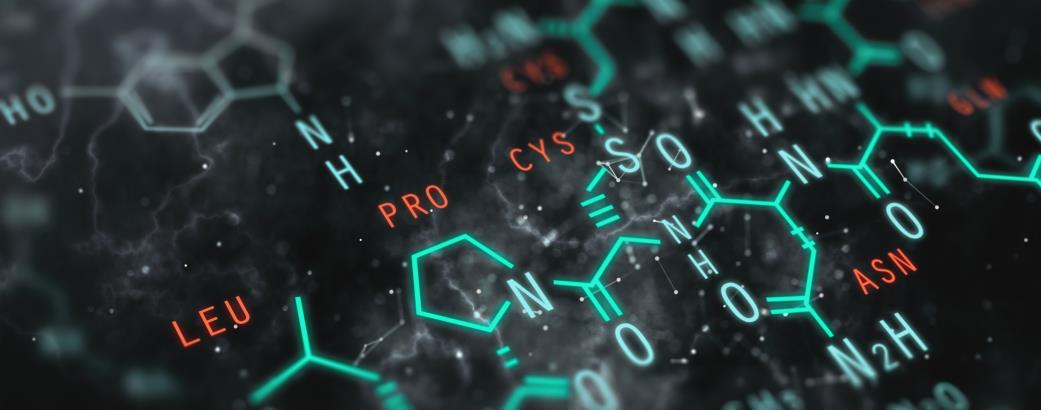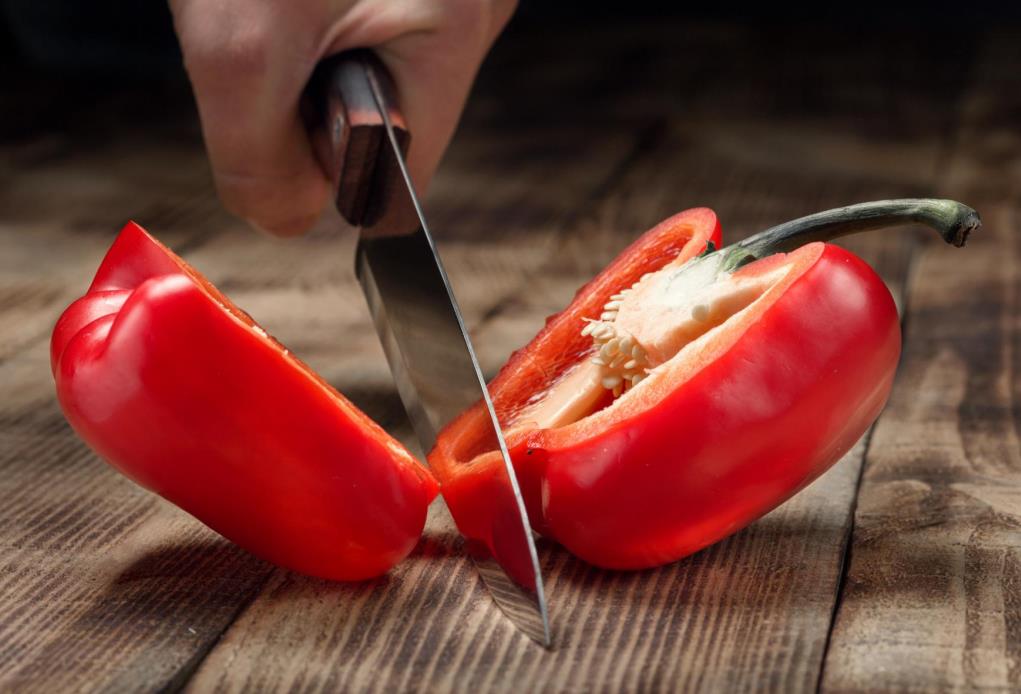It is common for anyone who’s a growing interest in knives to go between different types of steel. While there are common types of steel we see often used for making knives, some have been around for an incredibly long time.
Being tool steel, D2 is mainly used for making dies in machinery to cut and shape solid objects. Still, there is a fair amount of knives made from it.
In this article, we’ll discuss the features of D2 steel and cover everything you should expect from it as a blade material.
Table of contents
A brief history of D2 steel
D2 tool steel is what metallurgists call high carbon, high chromium steel. The foundations of these types of steel were laid in the late 1910s. The closest to D2 was developed in the mid-1930s.
The composition wasn’t as complicated as the modern D2 steel, but this was the birth of the D2 steel. This newly created steel had many applications and served as a replacement for high speed steel. D2 steel had a significant spike in popularity as tool steel and knives were undoubtedly the next.
Still, it took about three decades for D2 to be used for knives. The first knives made from D2 steel were in the mid-1960s. Its high wear resistance and ability to hold an edge well made it a seemingly popular choice at the time. All kinds of knives made from D2 steel remain popular among knife enthusiasts, to this day, mainly for their hardness, ability to hold an edge, and incredible wear resistance.
D2 steel chemical composition

Any steel’s chemical makeup tells a lot. After all, each percentage of any element in the chemical composition determines its characteristics and differentiates it from other steel. Here is the complete chemical composition of D2 steel.
| Element | Percentage | Function |
| Carbon (C) | 1.40 to 1.60 | increases hardness and strength, and greatly improves hardenability. |
| Chromium (Cr) | 11.00 to 13.00 | significantly improves the steel’s resistance to corrosion. |
| Vanadium (V) | 1.10 | strengthens steel, improves toughness, wear resistance, and hardenability. |
| Cobalt (Co) | 1.00 | enables higher quenching temperatures, which increases strength and hardness. |
| Molybdenum (Mo) | 0.70 to 1.20 | improves corrosion resistance slightly and increases hardenability and tensile strength. |
| Silicon (Si) | 0.60 | purifies the iron ore and removes impurities while improving strength. |
| Manganese (Mn) | 0.60 | decreases brittleness and improves strength. |
| Nickel (Ni) | 0.30 | improves corrosion resistance at high temperatures. |
| Copper (Cu) | 0.25 | increases corrosion resistance, much like chromium. |
| Sulfur (S) | 0.03 | generally seen as an unwanted impurity, tiny amounts of sulfur improve machinability. |
| Phosphorus (P) | 0.03 | phosphorus improves machinability and strengthens steel with low carbon content. |
Since D2 tool steel is widely utilized in many applications, some of the elements found in others may change. The above table represents the full chemical composition. Various D2 steel may not contain some of the mentioned elements.
How is D2 steel as kitchen knife blade material?

These figures don’t mean much if it doesn’t produce a good-quality blade. So how does a D2 steel kitchen knife perform? What to expect from a D2 steel knife? You don’t need to be a metallurgist to know. Here is a complete breakdown detailing major points.
Edge retention
The high carbon content and hardness are mostly enough to expect sufficient edge retention from a blade. D2 steel knives are not an exception. At 62 HRc hardness, a knife made from D2 steel will hold its edge for a satisfying duration. Before you need to sharpen the blade, a good while will pass.
This is a vital reason why many prefer knives made from D2 steel over others. If you’re a home cook, it won’t matter as much. However, if you’re using your knife to chop and slice for hours every day, it does. The edge retention plays a key role in whether you deem a knife adequate or mediocre.
Toughness
The hardness of the blade material is crucial for holding a sharp edge for long, but it can have its downsides. When the steel’s hardness goes up, so does the brittleness. This can have a significant impact on the blade’s overall toughness.
Because D2 steel knives come with an incredibly high hardness than most other blades, they are more prone to chipping. Cutting through highly dense, rock-hard ingredients you shouldn’t be cutting or dropping the knife from your countertop to the ground can result in a chipped edge.
Sharpness
D2 steel has large carbines, and this affects the overall sharpness. In most kitchen knives, especially with blades that you’d do delicate work, such as slicing fish, you want a thin, sharp edge. Getting an extremely sharp edge as much as Japanese kitchen knives, for example, on D2 steel is quite a challenge. The large carbides mostly get in the way of this. As a result, you get a toothy edge rather than a very refined one.
However, blacksmiths can fix this issue with proper heat treatment techniques. It simply doesn’t prevent getting a refined edge. When purchasing a D2 steel kitchen knife, it is essential to get it from a reputable knife manufacturer. Otherwise, you might not have that fine edge you’re looking for in the blade.
Ease of sharpening
Sharpening a D2 steel kitchen knife is quite an easy task. With a coarse whetstone, you can get an extremely sharp edge fast. It would be even faster with a diamond sharpening stone. Because D2 steel is fairly hard, you might find it easier to sharpen with these sharpening stones. Nonetheless, whetstones work just fine.
However, using a less coarse sharpening stone can lead to the opposite experience. Make sure to use a coarser whetstone to give it an initial sharpening, and watch out for burr. You can then polish the edge using a higher grit whetstone. The best part is once you sharpen the blade, you won’t need to do it again so soon. Read our guide on how to sharpen a knife using a whetstone.
Corrosion resistance
The chromium content in D2 steel is technically enough to categorize it as stainless steel. However, the excess carbon amount gets in the way of it as it is above 1.20%. The maximum of 13% chromium may sound sufficient at first, but this is also far below the average of 17% found in today’s stainless steel kitchen knives.
Additionally, despite the moderately enough chromium, a good portion of it is tied up in carbines. This prevents chromium doing its job to the fullest.
Despite all these, it would take lots of neglect for a D2 steel kitchen knife blade to build up rust. It won’t develop a patina as quick as high carbon steel knives with little to no chromium, but it can over months of use. It’s best to treat a D2 steel kitchen knife as it isn’t resistant to corrosion.
Wear resistance

The main reason why D2 steel is commonly used in industrial machinery is because of its superb wear resistance. Before a D2 steel kitchen knife shows signs of battle scars, it will do what it’s supposed to do for a long time. The hardness also plays a major role in this. The harder the metal, the better the wear resistance usually.
This perk explains why D2 steel is commonly utilized for making die tools cut and shape other solid objects, including softer steel. In D2 steel knives, you won’t get scratch marks on the blade quickly. You can polish the knife to get rid of them even if there are noticeable marks after a while.
Summarizing D2 steel kitchen knife pros and cons
Pros
- great edge retention
- widely available, affordable steel
- offers moderate corrosion resistance
Cons
- tends to chip under high stress
- maintaining a razor-sharp edge is somewhat difficult
Conclusion: is D2 tool steel good for knives?
There are undoubtedly better options, but D2 is certainly not a joke. It holds an edge extremely well but can’t maintain a high degree of sharpness. The main advantages of D2 steel are substantial wear resistance, hardness, edge retention, and adequate corrosion resistance and toughness.
D2 steel vs. S30V steel
S30V is perhaps one of the closest steel to D2. The knives made from this steel pretty much have a similar performance on edge retention, hardness, and toughness. The only significant difference is the corrosion resistance, where S30V outperforms D2. However, this isn’t by a large margin. It has about three to four percent more chromium, making it slightly better at resisting corrosion.
Regardless, D2 steel is significantly more affordable. If money isn’t an issue, D2 steel can provide somewhat the same performance without that extra kick of corrosion resistance.
Takeaway
Although many of the newly developed types of steel outperform it in many aspects, D2 is still a viable option, especially where corrosion resistance isn’t the central focus. Read more on other types of steel on the HDMD Knives blog and find the one that suits your necessities the best.









